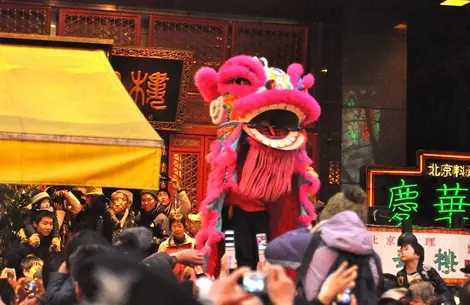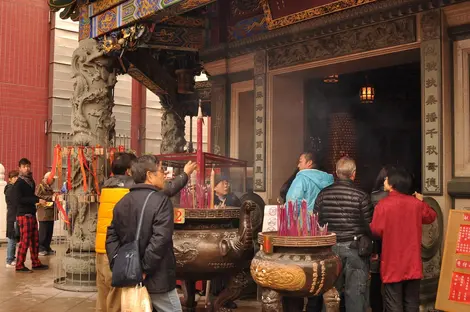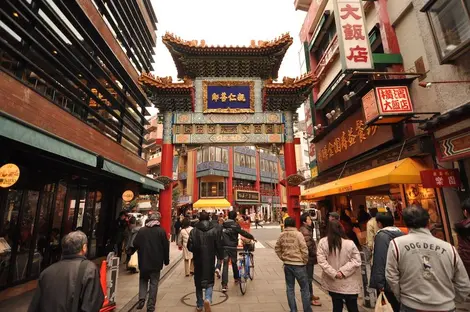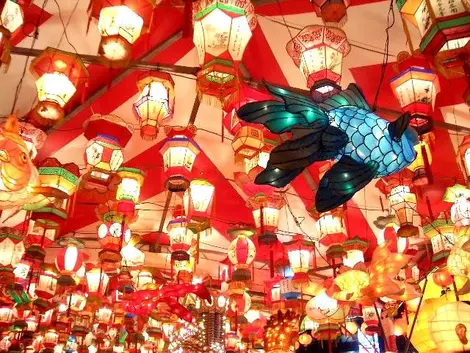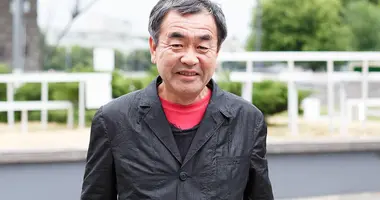Celebrate Chinese New Year in Japan 中華街
- Published on : 12/10/2014
- by : C.W.
- Youtube
The year of the horse galloped up
During the Chinese New Year, Japanese Chinatowns are in full effervescence. From Yokohama to Nagasaki, there are tons of lion and dragon dancing celebrations and festivities to bring in the New Year.
Yokohama Chukagai
Yokohama - the second largest city on the archipelago with 3.7 million - is also home to the largest Chinatown in Asia. After the reopening of Japanese ports, the number of Chinese immigrants swelled and formed Chukagai in 1859.
Fresh out of the Ishikawacho station, you can see one of the ten gates that define the neighborhood (each corresponding to the principles of Feng Shui). To celebrate the New Year, many Chinese go to Kantei-Byo Temple, dedicated to the God of War Guan-Yu, and send their wishes by burning a traditional incense.
The festivities span two weeks around the Chinese New Year when many events such as parades, dances, or songs are performed.
Kobe Chukagai
Newer than its cousin Yokohama, Kobe's Chinatown was formed in 1868.
Today, the center of the Chinese community in Kansai is highlighted in the city of Kobe. The neighborhood was originally developed by Chinese merchants who settled near the port after the reopening of the country to foreigners. These "people of Nanking" gave the Kobe Chinatown its current name Nankinmachi or "the city of Nanking."
Despite repeated destruction of Nankinmachi, like the bombings of World War II and the earthquake of 1995, the district has always quickly resurfaced. Currently, more than 10,000 people are living in Kobe's Chinatown.
For the celebration of the new year, the festivities begin in Kobe in the morning usually with a Chinese acrobatic dance show.
Nagasaki Chukagai
This is the oldest Chinatown in Japan. Focused in an area of 200 m², the area was the residence of many sailors and Chinese merchants between the 15th and 19th century who traded with Japan. During the Sakoku (closing of the country to Western influence and preventing the spread of Christianity) Nagasaki was the only port open to foreigners. The rules were very strict. No Chinese were not allowed to leave the area defined by the city government. Now, however, it is the fastest growing Chinatown in Japan.
This area is renowned for its Nagasaki Lantern Festival for the Chinese New Year. Its main street is covered by almost 15,000 lanterns on which animals of the zodiac are represented.




